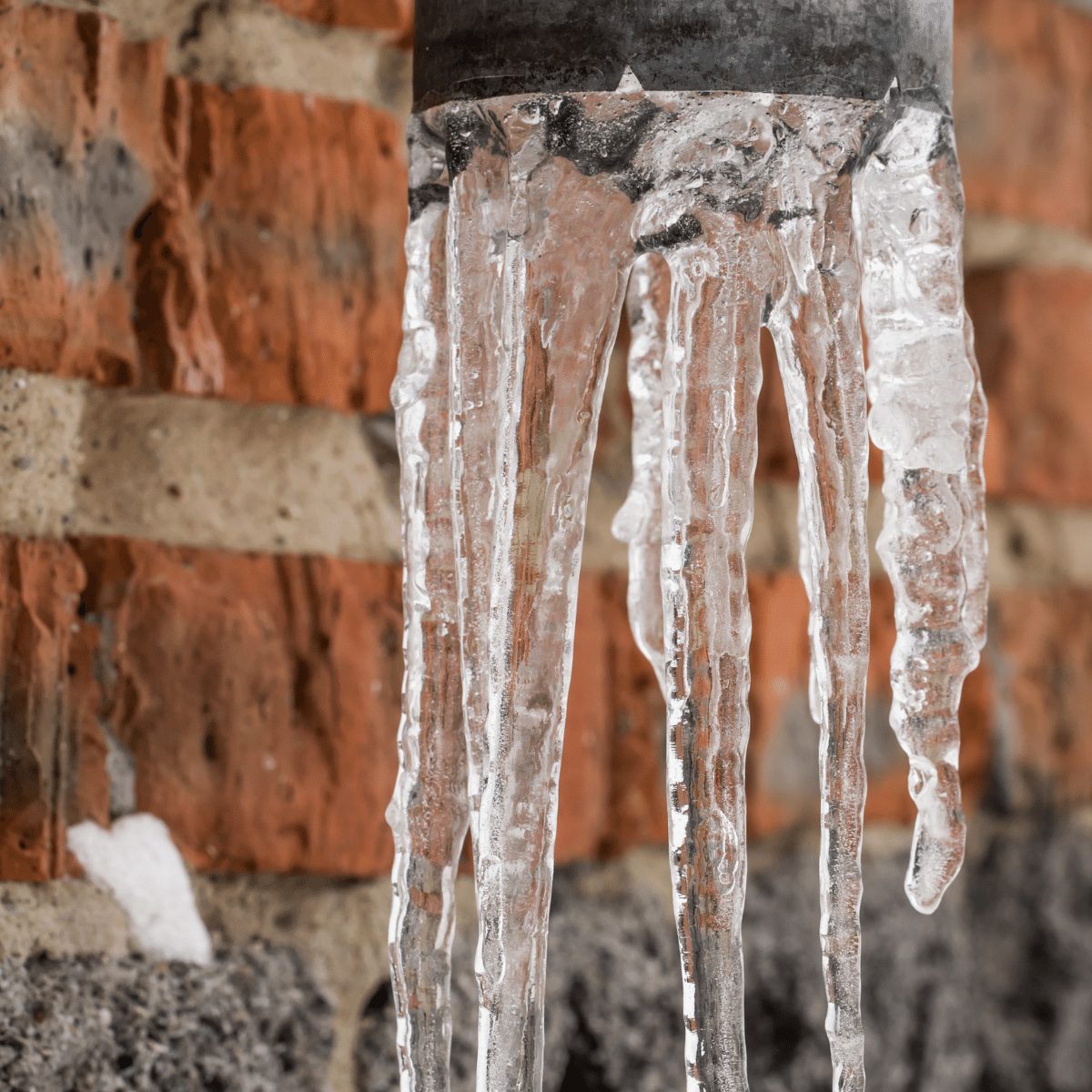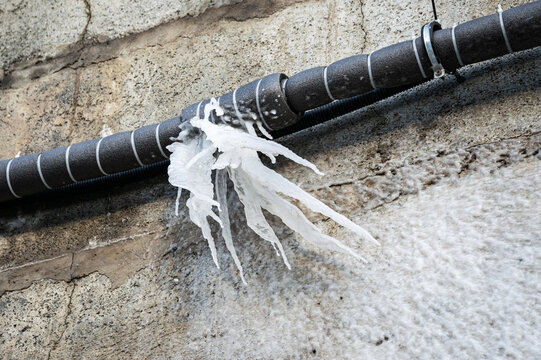Crucial Advice to Prevent Frozen Plumbing in Winter: Expert Insights
Crucial Advice to Prevent Frozen Plumbing in Winter: Expert Insights
Blog Article
Just how do you feel in relation to Prevent Frozen Pipes ?

Winter can wreak havoc on your plumbing, particularly by freezing pipelines. Below's exactly how to avoid it from taking place and what to do if it does.
Introduction
As temperatures decrease, the risk of frozen pipelines increases, possibly causing expensive repair work and water damage. Comprehending just how to avoid frozen pipes is crucial for house owners in chilly environments.
Recognizing Icy Pipelines
What creates pipelines to freeze?
Pipelines ice up when exposed to temperatures listed below 32 ° F (0 ° C) for expanded periods. As water inside the pipelines freezes, it increases, taxing the pipe wall surfaces and possibly triggering them to rupture.
Dangers and damages
Frozen pipelines can bring about water interruptions, residential property damage, and costly repairs. Burst pipelines can flood homes and cause substantial architectural damage.
Signs of Frozen Water Lines
Determining icy pipes early can avoid them from rupturing.
Exactly how to determine icy pipelines
Search for lowered water flow from taps, unusual odors or noises from pipes, and visible frost on subjected pipes.
Prevention Tips
Insulating susceptible pipes
Cover pipelines in insulation sleeves or utilize warm tape to secure them from freezing temperature levels. Focus on pipelines in unheated or exterior locations of the home.
Heating techniques
Keep indoor areas appropriately heated up, especially locations with plumbing. Open up cupboard doors to permit warm air to flow around pipes under sinks.
Shielding Outdoor Pipes
Yard hose pipes and exterior faucets
Detach and drain pipes garden hose pipes prior to winter. Set up frost-proof faucets or cover exterior taps with insulated caps.
What to Do If Your Pipes Freeze
Immediate actions to take
If you presume icy pipelines, maintain taps open up to alleviate pressure as the ice melts. Utilize a hairdryer or towels taken in warm water to thaw pipes gradually.
Long-Term Solutions
Structural adjustments
Take into consideration rerouting pipes far from exterior wall surfaces or unheated locations. Include additional insulation to attics, basements, and crawl spaces.
Updating insulation
Buy premium insulation for pipelines, attic rooms, and wall surfaces. Correct insulation aids preserve consistent temperature levels and minimizes the risk of icy pipes.
Verdict
Protecting against frozen pipelines requires positive measures and quick feedbacks. By comprehending the reasons, signs, and preventive measures, home owners can secure their pipes during cold weather.
5 Ways to Prevent Frozen Pipes
Drain Outdoor Faucets and Disconnect Hoses
First, close the shut-off valve that controls the flow of water in the pipe to your outdoor faucet. Then, head outside to disconnect and drain your hose and open the outdoor faucet to allow the water to completely drain out of the line. Turn off the faucet when done. Finally, head back to the shut-off valve and drain the remaining water inside the pipe into a bucket or container. Additionally, if you have a home irrigation system, you should consider hiring an expert to clear the system of water each year.
Insulate Pipes
One of the best and most cost-effective methods for preventing frozen water pipes is to wrap your pipes with insulation. This is especially important for areas in your home that aren’t exposed to heat, such as an attic. We suggest using foam sleeves, which can typically be found at your local hardware store.
Keep Heat Running at 65
Your pipes are located inside your walls, and the temperature there is much colder than the rest of the house. To prevent your pipes from freezing, The Insurance Information Institute suggests that you keep your home heated to at least 65 degrees, even when traveling. You may want to invest in smart devices that can keep an eye on the temperature in your home while you’re away.
Leave Water Dripping
Moving water — even a small trickle — can prevent ice from forming inside your pipes. When freezing temps are imminent, start a drip of water from all faucets that serve exposed pipes. Leaving a few faucets running will also help relieve pressure inside the pipes and help prevent a rupture if the water inside freezes.
Open Cupboard Doors
Warm your kitchen and bathroom pipes by opening cupboards and vanities. You should also leave your interior doors ajar to help warm air circulate evenly throughout your home.

I hope you liked our part about 6 Ways to Prevent Frozen Pipes. Thanks a ton for taking time to read our article post. Sharing is good. Who knows, you may be doing someone a favor. Thanks a bunch for being here. Please pay a visit to our website back soon.
Information Here Report this page